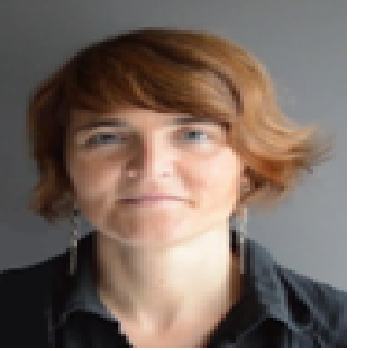
Monica Mir
Associate Professor Barcelona University, Spain
Presenter Local Time: 11:20 AM - 11:50 AM
Implantable sensors for on-site medical diagnosis in real time
Home/Programs

Monica Mir
Associate Professor Barcelona University, Spain
Presenter Local Time: 11:20 AM - 11:50 AM
Implantable sensors for on-site medical diagnosis in real time

Thomas J. Webster
Professor, Brown University, USA
Presenter Local Time: 10:25 AM - 10:55 AM
30,000 Nano Implants in Human with No Failures…And Still Counting

Kuntal Roy
Professor at the Indian Institute of Science Education and Research (IISER) , India
Presenter Local Time: 9:25 PM - 9:55 PM
Development and progress on ultra-low-energy spin-electronics using emerging materials and phenomena
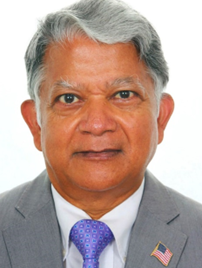
Hari Shankar Sharma
Director of Research (Int. Expt. ECNSIR), University Hospital, Uppsala University , Sweden
Presenter Local Time: 10:55 AM - 11:25 AM
Alzheimer’s disease exacerbated by concussive head injury brain pathology. Neuroprotective effects of nanowired cerebrolysin with mesenchymal stem cells and monoclonal antibodies to neuronal nitric oxide synthase
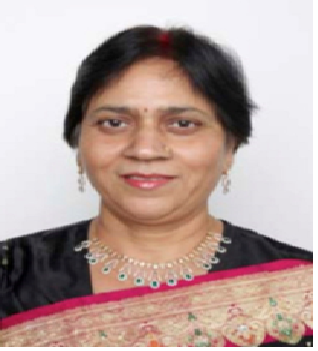
Aruna Sharma
Secretary of Research, Uppsala University, Sweden
Presenter Local Time: 11:25 AM - 11:55 AM
Alzheimer's disease brain pathology exacerbated by sleep deprivation. Neuroprotection by nanowired delivery of cerebrolysin together with antibodies to amyloid beta peptide, phosphorylated tau and tumor necrosis factor alpha

Paulo C. De Morais
Professor, Catholic University of Brasilia, Brazil
Presenter Local Time: 7:40 AM - 8:10 AM
Unveiling the influence of surface-dressing ultrafine magnetic nanoparticles

Dr. Malathy Batumalay
Professor, INTI International University, Malaysia, Malaysia, Malaysia
Presenter Local Time: 4:00 PM - 4:30 PM
Silver/ZnO/Graphene Kretschmann Plasmonic Sensor for Bacteria Contamination

Blessing Esiri Oghenekaro
Process Engineer, Cornell University, USA
Presenter Local Time: 10:00 AM - 10:25 AM
SiC Power Electronics: Materials, Methods, and Devices
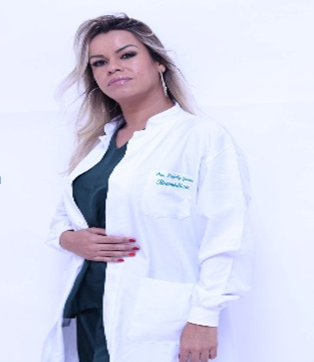
Kimberlly Silva Gomes
Master’s student, UNINOVE- Nove de Julho University, Brazil
Presenter Local Time: 8:35 AM - 9:00 AM
Effects of photobiomodulation on C2C12 cells under hyperglycemic condition in vitro
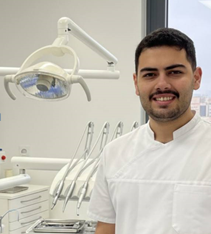
Mohammad Hossein Shaker
Master’s student, UNINOVE- Nove de Julho University, Brazil
Presenter Local Time: 9:20 AM - 9:45 AM
Effects of photobiomodulation on J774A.1 macrophages under oxidative stress in vitro
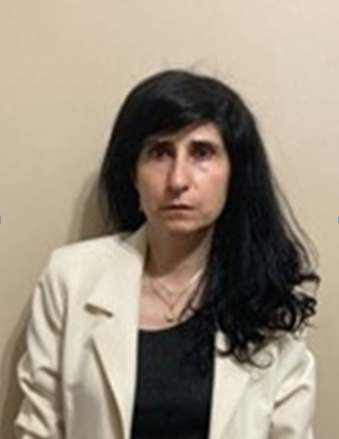
Denise Cekaunaskas Kalil Lauand
Doctoral student, UNINOVE, Brazil
Presenter Local Time: 8:10 AM - 8:35 AM
Effects of the Pompage Technique, With or Without LED Photobiomodulation, on Cervical Range of Motion in Patients with Chronic Neck Pain
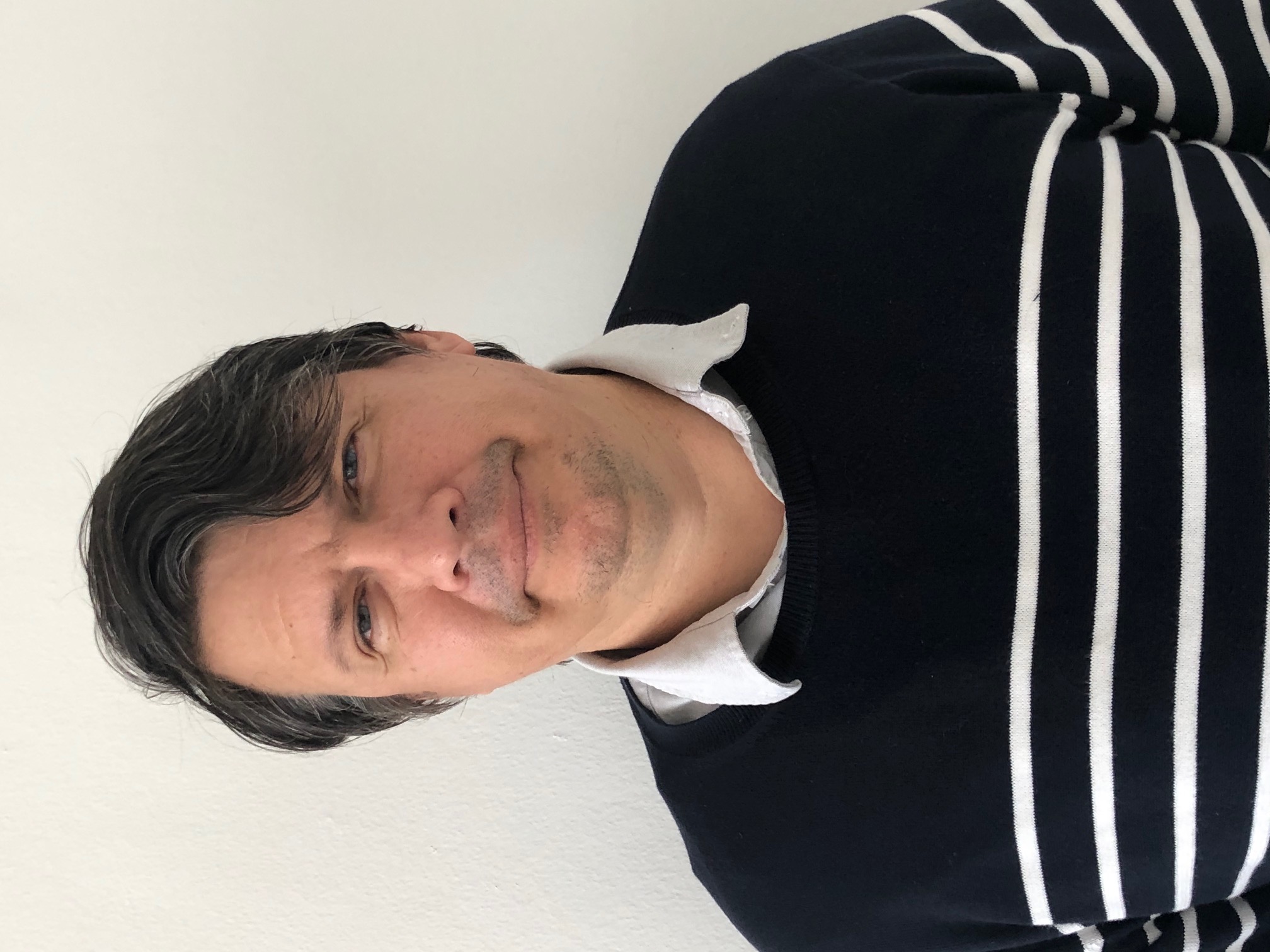
Evgeni Poliakov
Principal Production Engineer, TriLite Technologies, Austria
Presenter Local Time: 10:55 AM - 11:20 AM
Miniaturized Laser Beam Scanning Projection Display

Bo Qu
Associate Professor, Department of Physics, Peking University, China
Presenter Local Time: 4:30 PM - 4:55 PM
Perovskite Solar Cells

Camilo Cadena
Grupo de Óptica y Tratamiento de Señales (GOTS), Universidad industrial de Santander , Colombia
Presenter Local Time: 7:45 AM - 8:10 AM
Comprehensive characterization of birefringent media
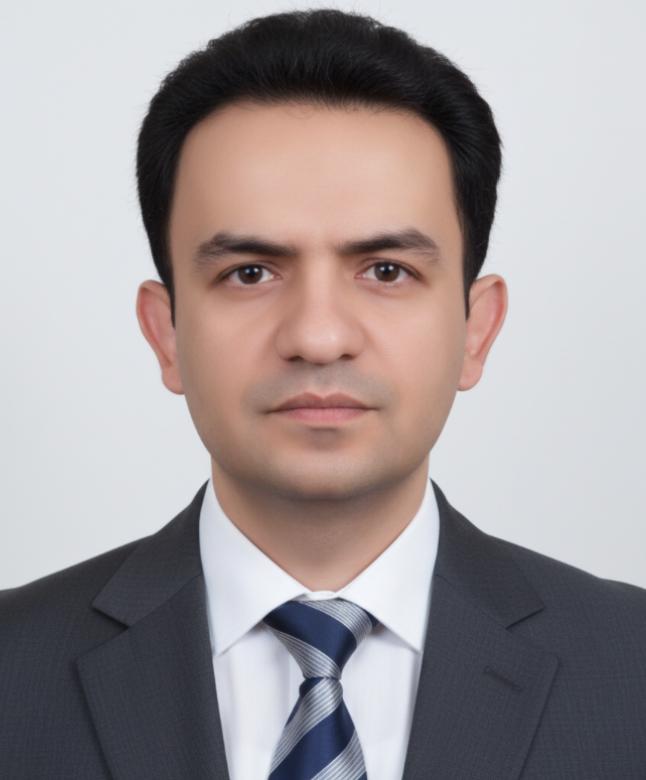
Alireza Keshavarz
Professor, Department of Physics, Shiraz University of Technology, Iran
Presenter Local Time: 9:25 AM - 9:40 AM
Graphene-MoS2 structures for surface plasmon resonance biosensors in malaria diagnosis: refractive index analysis of red blood cells
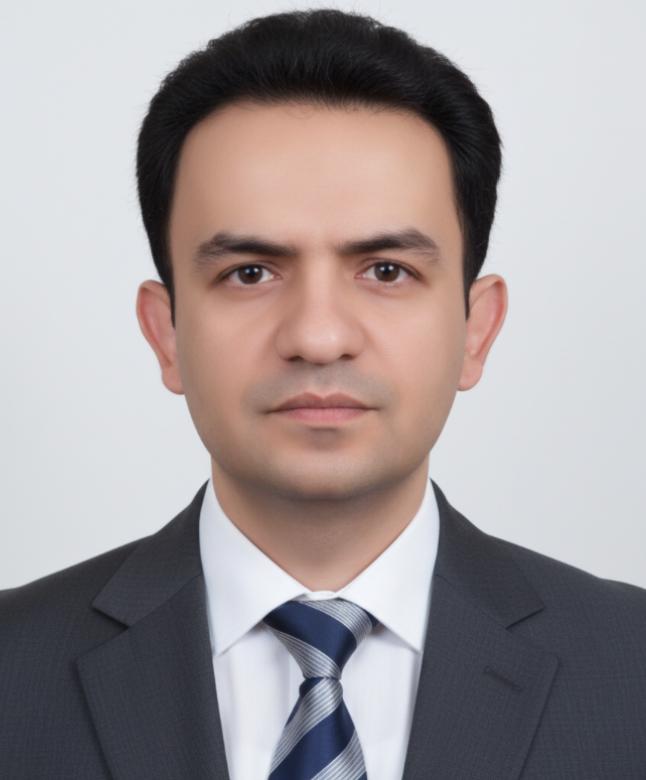
Alireza Keshavarz
Professor, Department of Physics, Shiraz University of Technology, Iran
Presenter Local Time: 9:10 AM - 9:25 AM
Exploring the Potential of MQP Sequences in Terahertz Photonic Crystal Media with High-Temperature Nano Superconductors

Harpreet Kaur
Assistant Professor, Chandigarh University, India
Presenter Local Time: 3:40 PM - 4:10 PM
Bioengineered CuO nanoparticles for environmental and biomedical applications